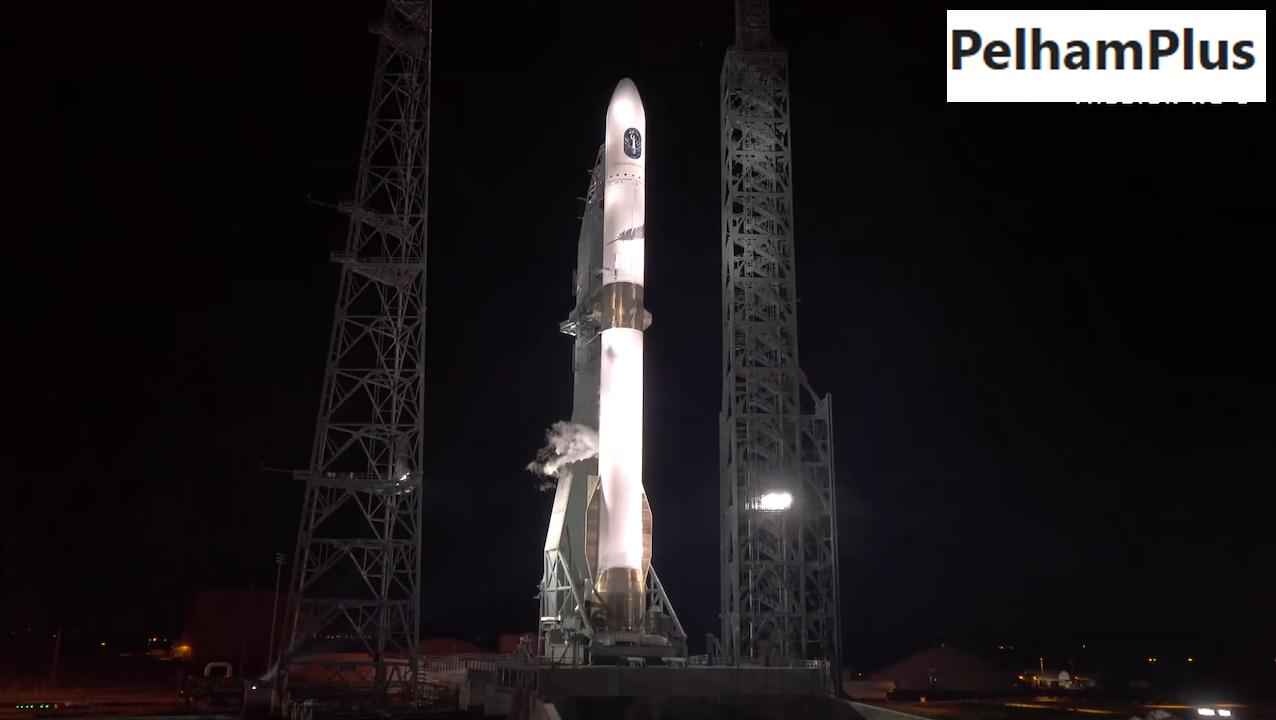Connectors like USB and FireWire have been fantastic for portable data storage. Yet, these drives have always trailed behind their desktop counterparts in terms of performance. A new external storage format called external Serial ATA has entered the market as a result of the development of Serial ATA (SATA) specifications.
External SATA is a common protocol for managing the hardware involved in connecting and accessing external hard drives. Faster data transmission rates are provided between hardware devices, making it competitive with various Firewire and USB standards.
Do eSata’s Benefits Stack up Against Those of USB and FireWire?
High-speed serial connections between a computer and its peripherals are provided by both the Universal Serial Bus (USB) and the FireWire (FW) standards. USB is more versatile and can connect to more types of devices than other peripheral interfaces. When it comes to connecting to external storage, FireWire is the standard.
The drives employed by these gadgets make use of the SATA interface, despite the fact that the interfaces themselves are meant for external storage.

A bridge is used in the external enclosure to translate signals from the USB or FireWire interface into the SATA interface used by the hard drive or optical drive. As a result of the translation, the drive’s overall performance suffers.
The ability to hot-swap components is a feature shared by each of these interfaces. The ability to add or delete drives on the fly was not commonly supported by the storage interfaces of previous generations. The proliferation of external storage due to this functionality is astounding.
The port multiplier is another great addition to eSATA. A number of drives can be accessed from a single eSATA port by connecting an external eSATA chassis. Storage capacity can be increased on a single chassis, and redundancy can be created via RAID.
Read More: Telefono Tesla: Price, Features, And Information Currently Available!
Sata vs. eSata
The Serial ATA interface standard has supplementary standards, of which External Serial ATA is a subset. It’s an optional feature that can be added to the controller and the devices.
In order for eSATA to work, both devices must be compatible with SATA. Despite being essential to the operation of the external interface, the Hot Plug feature is not supported by many first-generation SATA controllers and drives.
Despite being a part of the SATA interface requirements, eSATA needs a different physical connector than internal SATA connectors do in order to better shield the high-speed serial lines delivering the signals from EMI interference.
Plus, the interior wires are just 1 meter long, but the external cables are 2 meters long. Therefore, you can’t just switch out one cable for the other.
Is eSata Slower than Regular Sata Drives?
When compared to USB and FireWire, eSATA‘s increased transfer rates are a major benefit. SATA is advantageous since it does not need to translate signals between an external interface and the internal drives, as is the case with the other two.
A simple adapter between the internal and external ports is needed in the housing because SATA is the common interface used on many new hard drives. This means that the external device will function at the same rate as an internal SATA disc.
Read More: How To Close Apps On IPhone 13? Guidelines For Closing An Application!

In theory, each interface has its own maximum transfer rate, which is as follows:
- USB 1.1: 15 Mbps
- FireWire (1394a): 400 Mbps
- USB 2.0: 480 Mbps
- FireWire 800 (1394b): 800 Mbps
- SATA 1.5: 1.5 Gbps
- SATA 3.0: 3.0 Gbps
- USB 3.0: 4.8 Gbps
- USB 3.1: 10 Gbps
Newer USB standards are, in theory, quicker than the SATA interface used by most external drives’ enclosures. The modern USB is still slightly slower than the older USB due to the overhead of converting the signals.
However, for the average shopper, the two options are virtually identical. USB-based enclosures are more widespread currently, hence eSATA ports are less common.
For more updates, keep visiting – pelhamplus.com



